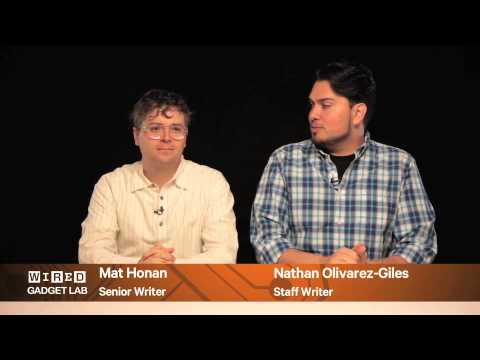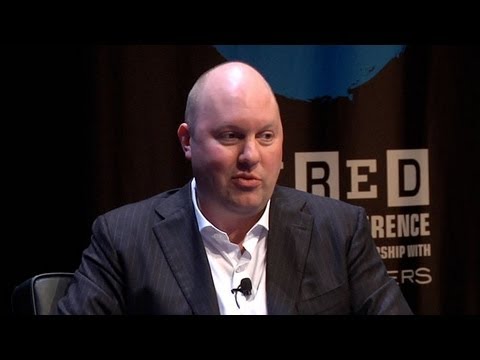Coding Languages and Resources: Insights from a Stanford Professor
Summary
In this article, we discuss insights from Chris Peac, a professor of computer science at Stanford University, about coding languages and resources for learning. Peac emphasizes that coding can be self-taught and that there are many resources available for learning. He also discusses the use of Stack Overflow in coding and the meaning of front-end and back-end in the context of the internet.
Table of Contents
- The Many Coding Languages and Resources Available
- Front-End vs. Back-End Programming
- Backpropagation and AI Intelligence
- The History and Uses of C++
- Python: A General-Purpose Programming Language
- Raspberry Pi: A Small and Affordable Computer for Learning
The Many Coding Languages and Resources Available
Peac explains that there are many coding languages, including Python, JavaScript, C++, and Java. He emphasizes that coding can be self-taught and that there are many resources available for learning. One such resource is Stack Overflow, a popular question and answer platform for programmers. Peac notes that Stack Overflow can be a valuable resource for finding solutions to coding problems.
Front-End vs. Back-End Programming
Peac discusses the importance of back-end technology, which is often unseen by users. He explains that some programmers specialize in front-end or back-end programming, while others are full-stack engineers who can do both. Peac notes that front-end programming deals with the user interface and user experience, while back-end programming deals with the server-side of things.
Backpropagation and AI Intelligence
Peac explains that backpropagation, a simple piece of code based on calculus, is responsible for much of AI’s intelligence. He discusses how this process works and notes that it is a fundamental aspect of machine learning.
The History and Uses of C++
Peac discusses the history and uses of C++, noting that it is a powerful programming language that is good for computationally intensive tasks like video game programming. He explains that C++ is a compiled language, meaning that the code is translated into machine code before it is executed.
Python: A General-Purpose Programming Language
Peac talks about Python, a general-purpose programming language named after Monty Python’s Flying Circus. He provides a simple example of a Python program, noting that it is a popular language for data science and machine learning.
Raspberry Pi: A Small and Affordable Computer for Learning
Peac discusses Raspberry Pi, a small and affordable computer that can be used for a variety of projects such as building robots, creating home automation systems, and even setting up a media center. He notes that it’s a great tool for learning about programming and electronics and can be used in educational settings as well.
Conclusion
In conclusion, Chris Peac provides valuable insights into coding languages and resources for learning. He emphasizes that coding can be self-taught and that there are many resources available for learning. Peac also discusses the importance of back-end technology, backpropagation, C++, Python, and Raspberry Pi. Whether you’re a beginner or an experienced programmer, there is always something new to learn in the world of coding.







